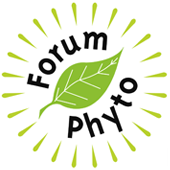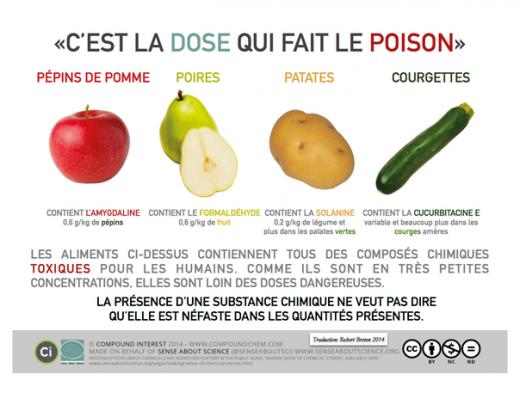In “Myth busting: Are synthetic pesticides, used with some GMOs, more dangerous than natural ones?“, on Genetic Literacy, L Katiraee reminds us the Bruce Ames works in a clear and interesting way.
To go further:
““There’s No Such Thing as a Chemical-Free Lunch””
« Références sur résidus et sécurité des aliments »
« Les idées reçues : la tasse de café »
[1] Acronyme évitant de donner son nom barbare : 2,4-dihydroxy-7-méthoxy-1,4-benzoxazine-3-one

